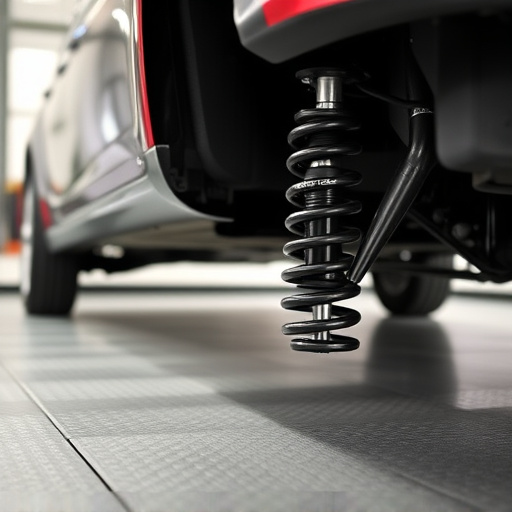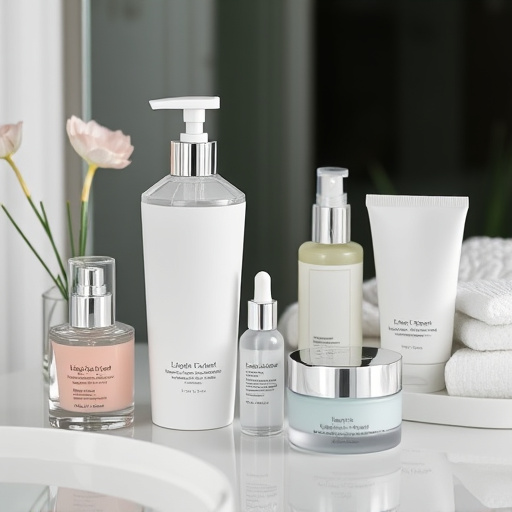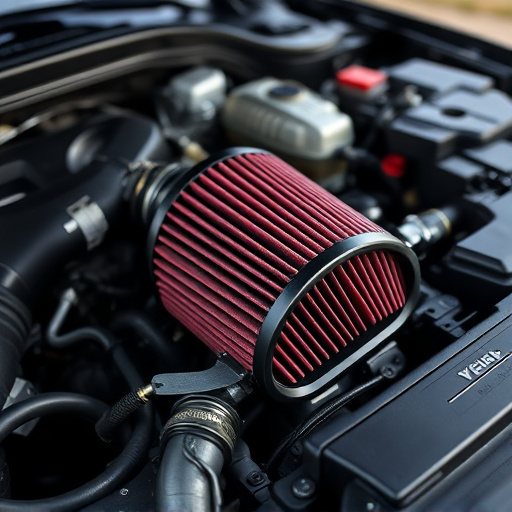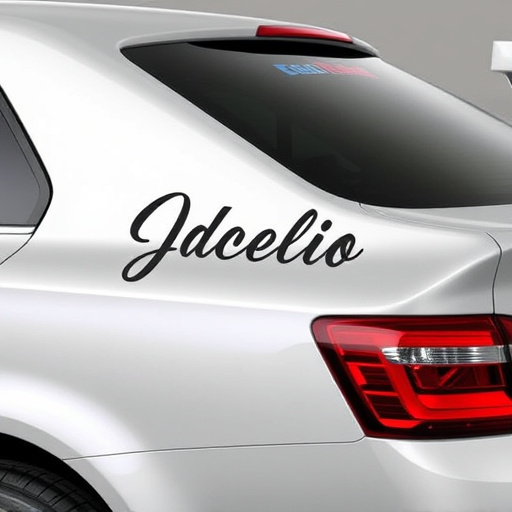Car ceramic coating is a top choice for automotive enthusiasts, offering advanced protection and enhancement for vehicle surfaces. This technology features a transparent ceramic layer that bonds to paint, repelling contaminants and preserving the car's original look. Understanding paint type compatibility is crucial for safety and effectiveness, with high-quality coatings suitable for diverse finishes but caution advised for older or distressed paints. Proper application is key to achieving lasting, stunning finishes, consulting professionals recommended for delicate paint jobs.
Considering a car ceramic coating? Before you begin, it’s crucial to understand if this treatment is safe for your vehicle’s paint. Not all coatings are created equal, and compatibility issues can arise with different paint types. This article delves into the fundamentals of car ceramic coating, focusing on its safety aspects regarding various paint surfaces. We explore the benefits and risks, guiding you through the process to ensure a flawless finish.
- Understanding Car Ceramic Coating Basics
- Compatibility: Paint Types & Coating Safety
- Benefits and Risks for Different Surfaces
Understanding Car Ceramic Coating Basics

Car ceramic coating has gained immense popularity as a way to protect and enhance vehicle surfaces. At its core, it’s a thin, transparent layer composed of ceramic particles suspended in a polymer resin. This innovative technology offers more than just a glossy finish; it provides an advanced protective barrier that can significantly extend the life of a car’s paintwork.
Understanding the basics involves grasping that ceramic coatings differ from traditional waxes and sealants. They are designed to bond directly with the paint, creating a flexible yet robust shield that repels contaminants like dirt, dust, bird droppings, and UV rays. This is where their versatility shines, as they can be applied to various paint types, including stock finishes and even custom vehicle wraps. Moreover, high-quality ceramic coatings promise long-lasting protection, preserving the vehicle’s original look while showcasing its underlying aesthetics—all while promoting the retention of a showroom-like finish alongside that extra layer of safeguard.
Compatibility: Paint Types & Coating Safety

When considering a car ceramic coating, understanding compatibility with your vehicle’s paint type is crucial. Not all coatings are created equal, and what works wonders for one paint type might not be suitable for another. The key to ensuring safety and effectiveness lies in selecting a coating designed specifically for automotive applications.
Different cars have varying paint compositions, ranging from single-stage to multi-layer finishes. High-quality ceramic coatings are typically versatile, but some may perform better on specific types of paint. For instance, ceramic coatings often excel on clear coats or base coats due to their ability to bond strongly with these surfaces. However, they should be used with caution on older, distressed paints as the coating’s adhesion could be compromised. Car customization enthusiasts should opt for industry-approved products that cater to diverse paint types, ensuring a safe and lasting application, resulting in stunning high-quality finishes.
Benefits and Risks for Different Surfaces

Car ceramic coating has gained popularity among auto enthusiasts for its ability to enhance a vehicle’s appearance and protect its paintwork. While it offers numerous benefits, understanding its impact on different surfaces is essential before applying this treatment. The coating forms a thin, durable layer that bonds directly with the car’s paint, providing a glossy finish and increased protection against environmental factors like UV rays, bird droppings, and acid rain.
For older or damaged paint jobs, ceramic coating can be a game-changer, offering a protective barrier that prevents further deterioration. However, on very delicate or unique finishes, there are risks. Some coatings might not adhere properly to textured or matte paints, potentially leading to inconsistencies in the final look. Moreover, improper application can result in scratches or swirls, especially if the surface is prone to sensitivity. Therefore, when considering car ceramic coating, it’s crucial to consult with professionals offering premium automotive services, who can assess your vehicle’s paint type and ensure the best outcome using suitable protective coatings or vehicle wraps.
Car ceramic coatings offer a range of benefits for vehicle protection, but their safety and compatibility depend on the paint type. While many coatings are suitable for most surfaces, it’s crucial to understand that not all car paints are created equal. Thorough research and professional advice are essential to ensure your chosen coating won’t cause harm or discoloration. By considering both the coating’s benefits and potential risks for your specific vehicle’s paint, you can make an informed decision to preserve and enhance your car’s finish with a safe and effective ceramic coating.














